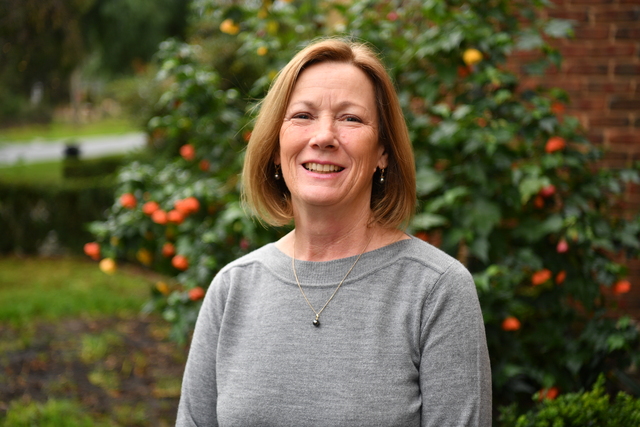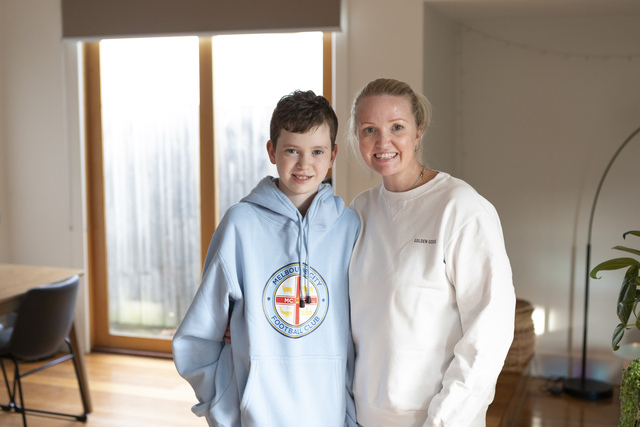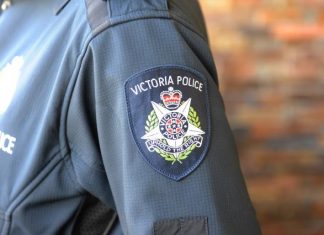Blood and plasma donations can be life-saving for the people who receive them, yet only three per cent of Australians are donors, as Jennifer Pittorino reports.
Without weekly plasma transfusions, 13-year-old William Stary would be living in a “bit of a bubble”.
The Kingsville teen lives with a rare blood disease called Haemophilus influenzae type b (HIB).
The condition requires William to have weekly plasma transfusions, which his mum Kathryn administers at their home.
He was diagnosed with the condition in 2019 at age eight, after discovering he was unable to walk while getting ready for school one morning.
Kathryn rushed William to the Royal Children’s Hospital, where he began 10 days of testing, resulting in the diagnosis of HIB Common Variable Immunodeficiency, which means his body does not produce antibodies to fight infection.
William is one of 20 people in Australia to be diagnosed with this illness, requiring subcutaneous immunoglobulin therapy, also known as donated plasma. He received his first treatment a year ago.
Kathryn said she was extremely grateful for the “life-saving” treatments, which are made possible by plasma donors.
“When he was first diagnosed we really didn’t know what life was going to look like for William, but now with this treatment we are super optimistic,” she said.
“It was pretty terrifying, it feels really scary to have a child who can’t fight antibodies so it instinct is to just want to live in a bit of a bubble.
“But that is not great for an active little boy.”
Since receiving the treatments, William’s quality of life has greatly improved.
Kathryn said he is now able to live a full life.
“The Royal Children’s Hospital has been absolutely fantastic in finding a way for us to live in the world where William can be happy and safe,” Kathryn said.
“For example, he has never been able to attend school camps because the risk of infection has been too great.
“But last year because he had commenced the treatment he was able to go on school camp.”
Kathryn went to the camp with William, staying in a nearby Airbnb. William was able to enjoy the day’s activities before staying with his mum at the Airbnb at night.
“This treatment has afforded him the opportunity to be able to do things that we otherwise would not have been able to do,” Kathryn said.
“He plays soccer now, training twice a week, he is absolutely living the life that he wants. And that is through the donated plasma.”
According to Lifeblood, plasma has overtaken whole blood donations as the type of donation most needed by patients and hospitals, with more than 6200 plasma medications and transfusions sent to hospitals across the country every day.
It can take up to 15 plasma donations to make some plasma medicines, which is why so many plasma donors are needed.
As part of National Blood Donor Week, which ran from June 10-16, Lifeblood is urging Australians to roll up their sleeves and donate blood or plasma.
Kathryn said she would encourage anyone who is able to donate to do so.
“It is so easy. It takes no time. It doesn’t hurt,” she said.
I know that people can be a little bit fearful of needles, but the staff at Lifeblood are amazing.
“It really is a small thing but has a huge impact on not only us, but thousands of other people in Australia.
“We are so grateful to everyone who donates plasma because they are keeping William happy and healthy.
“It is never lost on me that every time I administer the treatment, it takes 12 to 14 people to donate per treatment.
“They are life changing treatments for us, this keeps William alive and enables his body to be happy and fight infections.”
Westmeadows’ Linda Salerno is one of Victoria’s 160,000 blood and plasma donors.
She is among the three per cent of Australians who donate, according to Lifeblood.
Linda began donating when she was18, following in the footsteps of her father, Robert, who was a lifelong blood donor.
“As a girl I used to go in with [my father] occasionally when he donated blood. And that’s probably what inspired me to start,” she said.
Her mother, Nita, also worked as a volunteer at the bloodbank, donating when she could.
To date, Linda, 52, has made 263 donations, visiting Lifeblood at Airport West every fortnight to donate plasma.
“My initial goal was 50 donations, my aim now is to get to 350 donations,” she said.
“I have only ever worked part time so I do it every second Friday as part of my routine.”
Linda encouraged all who are able to donate to roll up their sleeves, because you never know you are going to help.
“You never know who you are going to save, your family might need it, which has just happened to us,” she said.
“Just recently my daughter gave birth and she needed a blood transfusion, so it is handy there are blood banks around which can help because she was quite sick.
“I figured I could have worked volunteering at an op shop or something but this is my way of helping people, this is what I do as a volunteer.”
To donate, visit: www.lifeblood.com.au/blood









